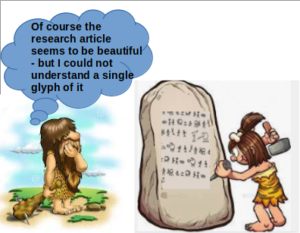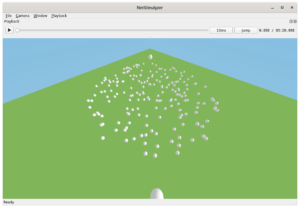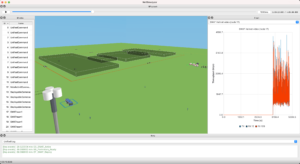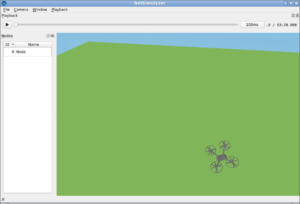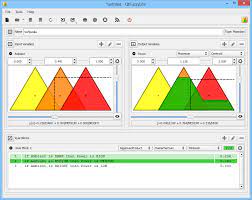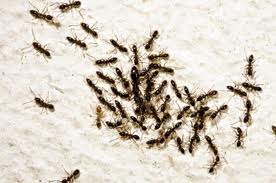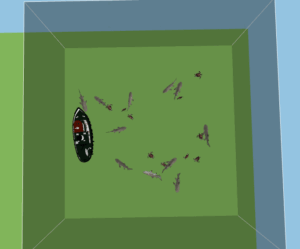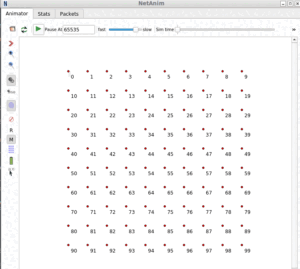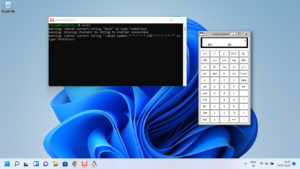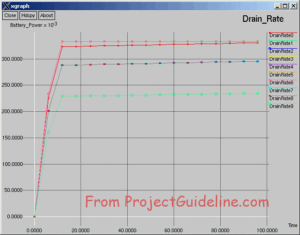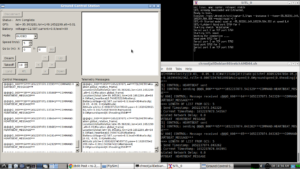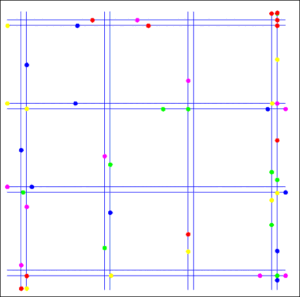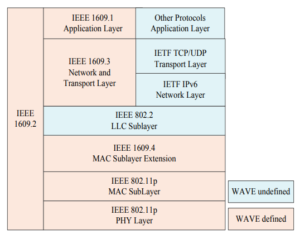What are the real impacts of these Fake Journals on Research :
First of all, if a genuine researcher, unfortunately, gets trapped by a fake journal and published his state of the art work in that fake journal, then certainly he will be affected by it. Because, later, the University or the Guide of the scholar may not consider it as a reputed peer-reviewed journal publication. After such a miss-fortunate publication, the scholar can not even republish his work in any other reputed journal since it will be considered as duplicate work or at least a work with a lot of self-plagiarism. So, in this case, the progress of the research or the entire research of that scholar will get affected by it.
On the other hand, if a scholar is intentionally publishing a paper with a colourful fake theory along with colourful cooked-up fake results in that fake journal, that publication will also definitely affect another genuine research by another genuine researcher. To understand this, I hereby explain it with a classification problem in data mining.
Let us assume a typical ‘cancer’ dataset that has an 80% clean record from which we can identify malignant and normal instances. In other words, in that 80% data, the malignant records are definitely distinguishable from normal records. And let us assume that the remaining 20% records were indistinguishable from one another. It means, from the attributes of that 20% records, we can not definitely say whether a record belongs to the normal or malignant category. In the very first published work on that dataset, the genuine researcher[1] may be achieved 72% classification accuracy and published his work based on that 72% accuracy. After some time, another researcher[2] may work hard on the same classification problem and may achieve 74.5% classification accuracy and publish his findings. If a scholar is doing research based on the works of [1] and [2], then definitely he will try to achieve higher accuracy. But, as a poor scholar, without knowing about the theoretical limit of maximum achievable accuracy of 80%, he will try to claim that his classification model achieved 85% accuracy. He will do a fake theoretical model and prepare a paper with results of 85% accuracy and try to publish it in a journal. By chance, if that journal is a fake journal, then his paper will get published with that hypothetical 85% results. Even he may try another fake model and publish another paper with 90% accuracy on that same journal. (In this case, if a (fake) researcher is claiming that his algorithm is capable of identifying/classifying that dataset with 85% or 90% accuracy, then definitely it will be fake. Because, if his algorithm is identifying/classifying one such indistinguishable record in that 20% as normal or malignant, then it means that algorithm is not at all working and it means it is randomly doing a classification.)
Ok. Now, if a genuine scholar is doing genuine research and really find a hard way to achieve 78..5% accuracy in this classification problem, then the real research work will never get appreciated or recognized by anyone because of these previously published fake papers with 85% and 90% accuracy. Of course, the attained 78..5% accuracy in this classification problem may be a real scientific accomplishment – but it will never be considered because of the previous fake publications.

 Discuss Through WhatsApp
Discuss Through WhatsApp
